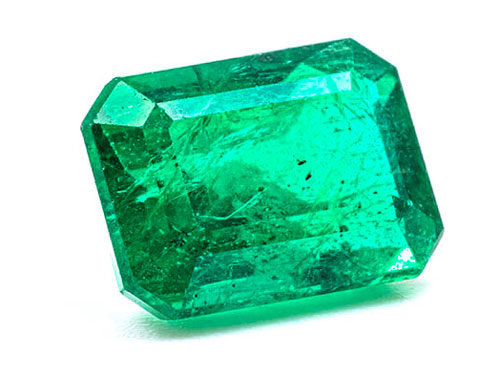Knowledge
06.12.2022 Inclusions in gemstones
Inclusions are more than just foreign substances in gemstones: What falls under “inclusions”, why they allow conclusions to be drawn about the origin of the stone, how they are treated and taken into consideration in the assessment of value.

WHAT ARE INCLUSIONS IN GEMSTONES?
Inclusions are foreign substances that are trapped within the gemstones during growth – they can be liquids, gases, hydrocarbons, sediments, but also other minerals. They can be caused, for example, by the interruption of the growth process or by the encapsulation of other crystals during growth. Voids such as stress cracks may fill with gases or liquids, or they may remain hollow.
In some gemstones, inclusions occur frequently due to the crystalline structure, the material or the conditions of formation, for example in emeralds, which are formed in tectonic fault zones. Inclusions can also be responsible for the special play of colour or light in minerals, such as the characteristic refraction of light in tiger’s eye or the tree-like patterns in agate.


INCLUSIONS AS MARKERS OF ORIGIN

The origin of gemstones can be determined, among other things, by means of inclusions, because these provide information about the geological conditions under which the stone was formed. Under certain circumstances, it is even possible to determine the exact place where the stone was found. Particularly with larger stones that are interesting for investments, inclusions can sometimes be positive.
In addition to possible indications of where the stone was found, inclusions also show at first glance that it is a natural stone: Synthetic gemstones, i.e. those produced in a laboratory, have no inclusions because they are grown as evenly as possible and no foreign substances interfere with the process.

CAN INCLUSIONS BE REMOVED?
When treating gemstones, there are also efforts to remove inclusions. This is possible, for example, through a high-temperature treatment of rubies – at around 1,200 degrees, rutile, which often forms inclusions in rubies, begins to melt.
This kind of treatment may be carried out for aesthetic reasons, but from an investment point of view, the stone should be preserved in its natural state and therefore remain untreated.

INCLUSIONS AND THE DETERMINATION OF PURITY
With emerald, for example, inclusions are typical, so the demands on purity are less strict there.
Purity is one of the criteria for determining the value of gemstones. Especially with colorless gemstones, purity is important for determining the price. In addition to inclusions, flaws are also taken into account, i.e. superficial irregularities or changes that are not visible to the naked eye. The more devoided a gemstone is from inclusions, the purer it is:
For diamonds, there is a scale for evaluating clarity that begins with the highest level “flawless”, i.e. even under tenfold magnification, no inclusions within the gemstone are visible to the expert. The gradations go down to the lowest level “Piqué 3”, where large and/or numerous inclusions are present, which significantly reduce the brilliance.
Colored gemstones are roughly divided into three categories, from type I (eye-clean – e.g. blue topaz, aquamarine) to type II (mostly inclusions present – e.g. ruby) to type III (almost always inclusions – e.g. emerald). Colored gemstones are graded on a scale from “eye clean” to “severely included”. The demands made on the respective stone depend on the type to which it belongs, i.e. whether inclusions are to be expected or not.


